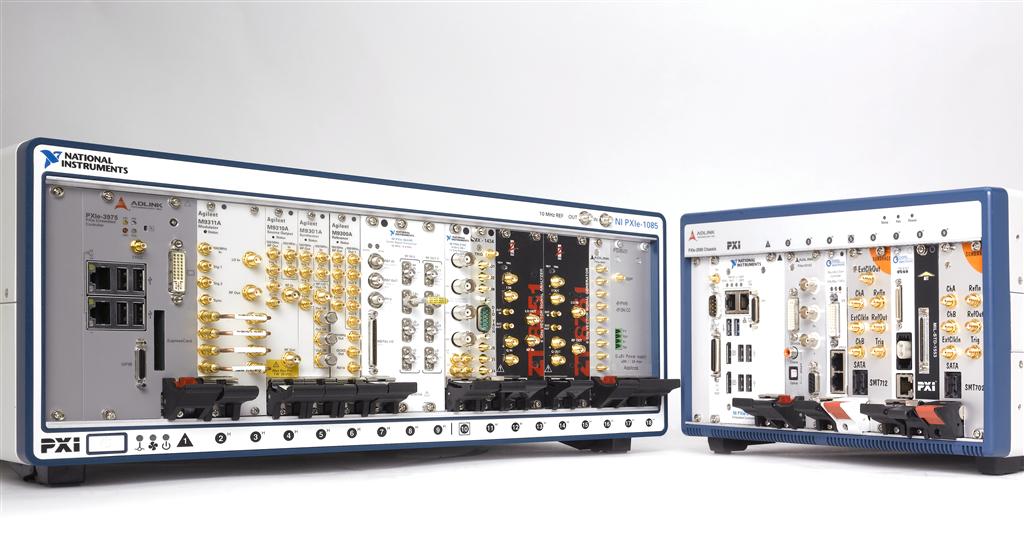Description
The DCM-2316 Direct Injector Control and Measurement Device, with part number 784570-01, is a sophisticated product from National Instruments that features 16 channels capable of high-resolution engine position tracking and supports up to 8 piezoelectric or 16 solenoid direct injectors. This device is designed to operate at voltages up to 250 V and requires a voltage dissipation time of 2 minutes after being powered off for safety.
Users must adhere to safety precautions by not touching connector pins or injector terminals when the device is powered on to prevent shock. The DCM-2316 boasts advanced waveform generation and triggering capabilities, enabling precise control of fuel systems through its LabVIEW reconfigurable I/O (RIO) architecture. While the maximum power consumption is contingent on high-stress applications, it is crucial to note that the device is not recommended for measurements in Measurement Categories II, III, or IV.
| Feature | Specification |
|---|---|
| Manufacturer | National Instruments |
| Product Name | DCM-2316 Direct Injector Control and Measurement Device |
| Part Number | 784570-01 |
| Channels | 16 |
| Engine Position Tracking | High-Resolution |
| Injector Type Supported | Up to 8 piezoelectric or 16 solenoid direct injectors |
| Operating Voltage | Up to 250 V |
| Voltage Dissipation Time | 2 minutes after power-off |
| Safety Precautions | Avoid touching connector pins or injector terminals when powered ON |
| Waveform Generation and Triggering | Advanced Features |
| Control Architecture | LabVIEW reconfigurable I/O (RIO) |
| Maximum Power Consumption | Based on high-stress applications |
| Measurement Categories | Not recommended for Categories II, III, or IV |
Q1: What are the specific safety measures one must follow when using the DCM-2316 Direct Injector Control and Measurement Device to avoid electrical shock?
A1: When using the DCM-2316 Direct Injector Control and Measurement Device, one must avoid touching connector pins or injector terminals while the device is powered on to prevent electrical shock, and ensure a voltage dissipation time of 2 minutes after powering off for safety.
Q2: What precautions should users take when operating the DCM-2316 Direct Injector Control and Measurement Device to ensure safety and prevent electric shock?
A2: Users should ensure not to touch the connector pins or injector terminals of the DCM-2316 Direct Injector Control and Measurement Device when it is powered on, and they should also allow a voltage dissipation time of 2 minutes after powering the device off for safety.
Q3: What is the required voltage dissipation time for safety after powering off the DCM-2316 Direct Injector Control and Measurement Device, and what safety precautions must users observe when the device is operational?
A3: Users should ensure safety and prevent electric shock while operating the DCM-2316 Direct Injector Control and Measurement Device by not touching the connector pins or injector terminals when the device is powered on.
Q4: What safety procedures should users follow when using the DCM-2316 Direct Injector Control and Measurement Device to avoid the risk of electric shock?
A4: When operating the DCM-2316 Direct Injector Control and Measurement Device, users must follow safety procedures such as not touching the connector pins or injector terminals while the device is powered on to avoid electric shock, and allowing a voltage dissipation time of 2 minutes after powering off the device for safety.
Q5: What are the safety procedures that users must follow when operating the DCM-2316 Direct Injector Control and Measurement Device to avoid electric shock?
A5: The required voltage dissipation time for safety after powering off the DCM-2316 Direct Injector Control and Measurement Device is 2 minutes, and users must observe the safety precaution of not touching the connector pins or injector terminals when the device is operational to prevent the risk of electric shock.



